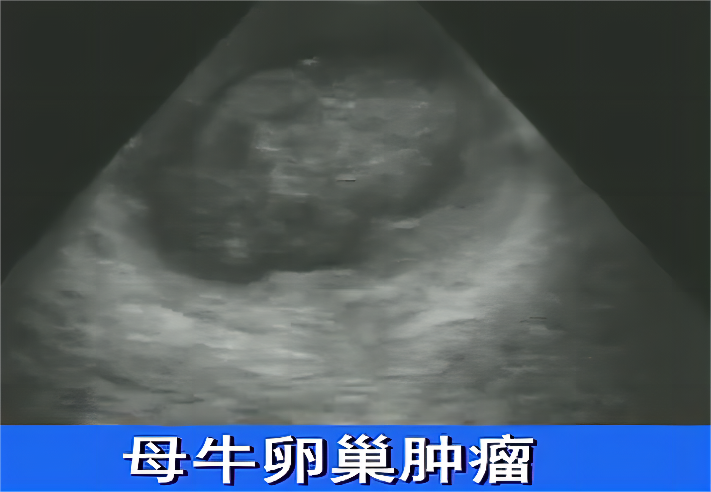Reproductive disorders in cows have a significant impact on the scale of the dairy industry. They are of crucial importance for optimizing cattle breeds because only healthy cows can produce milk that consumers can trust. Additionally, timely identification of cows with reproductive disorders helps reduce feeding costs, improve the social and economic benefits of cattle farms.
Da Wei Veterinary Ultrasonography can rapidly assess reproductive health, effectively differentiate reproductive system diseases, and provide appropriate treatment measures for different situations. Understanding different reproductive system diseases helps livestock personnel assess the condition and take appropriate measures.
Reproductive disorders in cows can be congenital, or they can result from disease factors and improper feeding management. Congenital factors such as reproductive organ malformations, improper uterine cervix positioning, and narrow vaginas can significantly affect cow breeding and reproduction. Cows with congenital reproductive organ abnormalities and those infected with contagious diseases should be promptly examined and culled.

Ovarian cysts are common reproductive disorders in cows, and they typically refer to follicular cysts and luteal cysts.
Follicular cysts are formed due to degeneration of the follicle's epithelium, thickening of the follicular wall's connective tissue, oocyte death, failure of follicular fluid absorption, or increased fluid accumulation. Follicular cysts can lead to abnormal estrus behavior in cows. These cows may exhibit irregular, frequent, prolonged, and intense estrus, and may even display signs of mounting other cows. Ultrasonography can reveal enlarged ovaries, and one or more thin-walled, fluctuating, circular cystic structures on one or both sides of the ovaries, with diameters ranging from 3 to 7 cm or more. These cysts have clear edges and protrude from the ovarian surface, and multiple examinations may show alternating development and regression within the cysts, but they do not ovulate.
Luteal cysts are formed when the epithelial cells of an unovulated follicle undergo luteinization. They are believed to develop from follicular cysts. Cows with luteal cysts do not show signs of estrus for an extended period. During ultrasound examination, enlarged ovaries are observed, and luteal cysts often appear as round, smoothly walled structures with dark internal echoes on both sides. In the case of a unilateral cyst, the cystic structure shows an irregular shape with dark internal echoes.

Ovarian tumors can also lead to symptoms like "mu-xiong-kuang" (unusual aggressive behavior) in cows. Ovarian tumors can be visualized on ultrasound as large, solid masses in the cow's ovaries. These masses typically have relatively clear edges but may display non-uniform internal echoes.